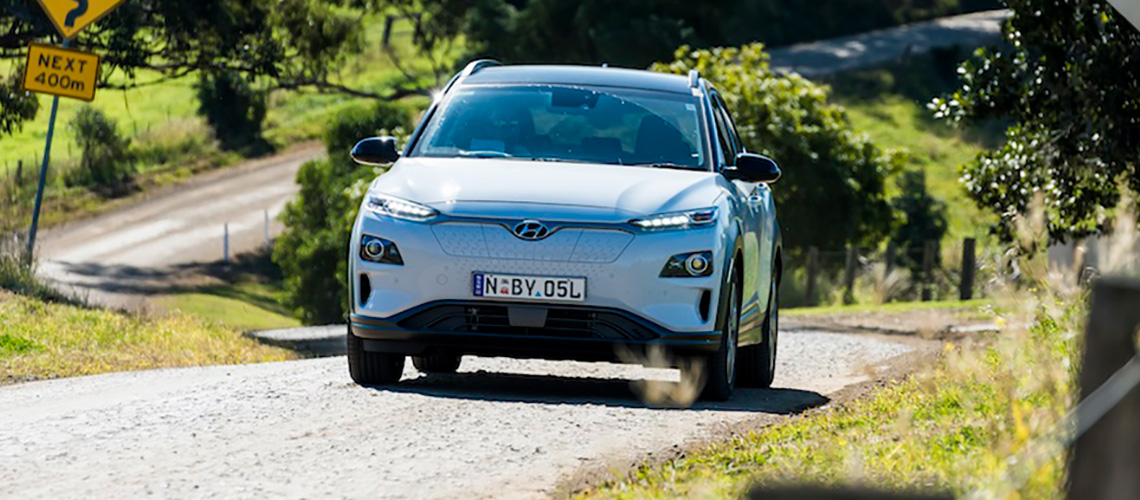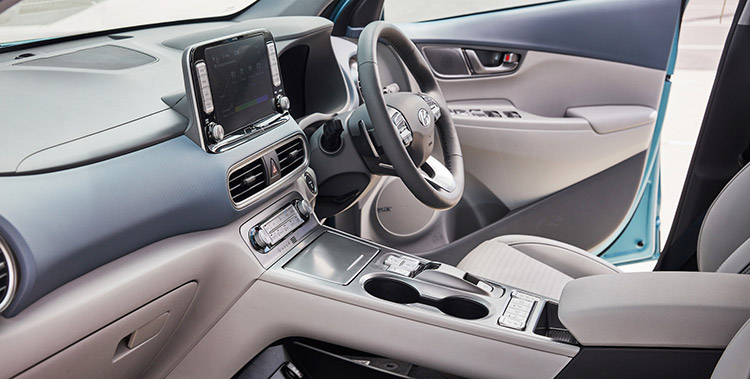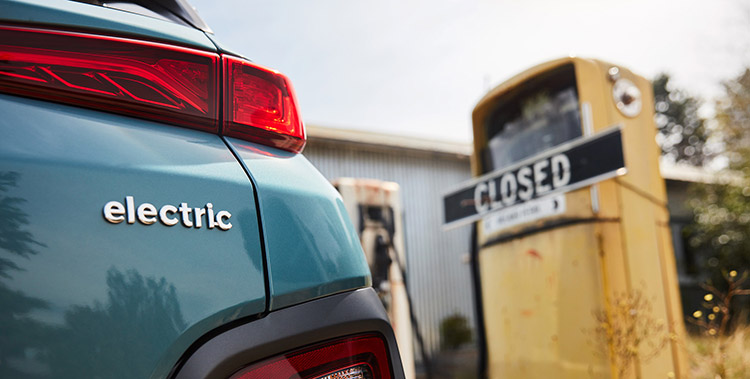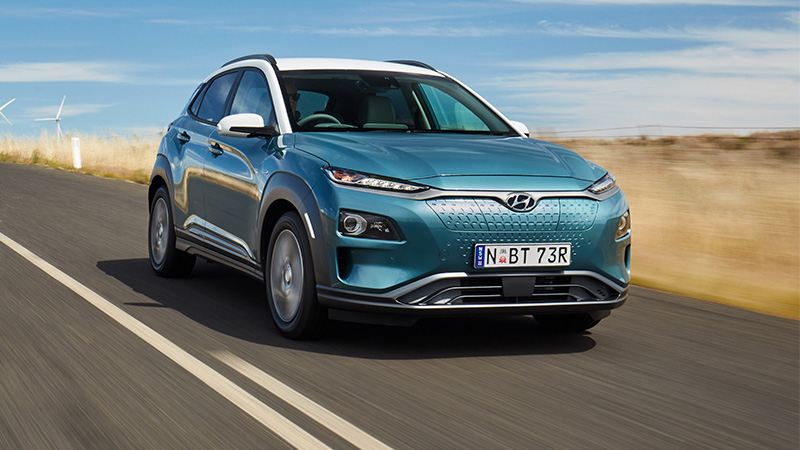

This website uses cookies to improve the user experience. We use cookies in accordance with our NRMA Group Cookie Policy.
This website uses cookies to improve the user experience. We use cookies in accordance with our NRMA Group Cookie Policy.

This rating is based on an NRMA road tester's evaluation of the vehicle against similar competitors and is provided as a guide only.
The small SUV market is one of Australia's most saturated, with 26 models available – and that figure doesn't even include luxury brands.
Hyundai's distinctively styled Kona has done well since its 2017 launch, hovering around the top five best sellers. The 2019 Hyundai Kona Electric now joins the Ioniq EV as the second electric vehicle in Hyundai Australia's line-up.
The 2019 Hyundai Kona Electric is available in two specifications.
The Elite starts at $59,990 and gets a seven-inch digital dash cluster, eight-inch sat nav screen, premium audio system, Apple CarPlay/Android Auto, radar cruise control, reversing camera, and keyless entry and start. A Highlander trim starts at $64,490 and adds powered seats, wireless phone charging, head-up display, heated/cooled front seats and a heated steering wheel.
The Kona Electric gets a 64kWh battery and a 449km range and outputting out a respectable 150kW and 395Nm. All Kona Electric variants come with an eight-year/160,000km warranty on the battery and a five-year/unlimited kilometre warranty on everything else.



External styling changes differentiating it from the petrol Kona include a closed grille (which houses the CCS Type 2 charging port), a wave-shaped rear bumper, and unique 17-inch alloy wheels. While the regular Kona is about colours and customisation, the EV version is more conventional, with black or light grey/blue the only interior options.
Inside, the main physical difference between the regular Kona and the EV is the centre console. It’s essentially the same as the one in the Ioniq EV, with buttons for drive, neutral and reverse, rather than a traditional gear shifter.
Like just about every other Hyundai, ergonomics are a strong suit – the seats are comfortable, nothing about the touchscreen or menus is hard to read or intuit, and the head-up display virtually makes the regular dials redundant. The only exception to this user-friendliness is the storage area beneath the centre console, which is awkward to access and needs a rethink.
The Kona EV is equally satisfying on the road. Its inherent smoothness and quietness, common to all electric cars, lends it a sense of refinement, and when you put your foot down it leaves no doubt the Kona EV has a much larger battery than the Ioniq EV.
Its stated 0-100km/h time of 7.6 seconds is about the same as its 1.6-litre turbo-petrol equivalent, but it’s a rocket off the line and feels quicker than it is.
Being front-wheel-drive, though, under hard acceleration it can be subject to wheelspin and torque steer. The chassis and suspension otherwise feel well sorted, absorbing rough patches with ease while keeping the vehicle stable through fast corners and tight bends.
The regenerative braking system has three levels of resistance. In the highest setting it noticeably adds range to the battery, especially on long downhill stretches, and in this it’s better than the Jaguar I-Pace and close to the Nissan Leaf’s benchmark.
The sticking point is its price tag. The Elite spec is nearly double the price of a petrol Kona Highlander and, frankly, the interior doesn’t feel like that of a $60k car. The steering wheel leather is supple, but too many other trim materials speak to its more affordable origins.
The Kona is a popular urban-focused SUV for good reason and a prime candidate for electrification. The question is whether Hyundai’s traditionally value-focused buyers will be prepared to pay large SUV prices for a small SUV.
Pros: Pleasing to drive; long-range battery; standard features
Cons: High starting price; smallish boot; awkward console storage